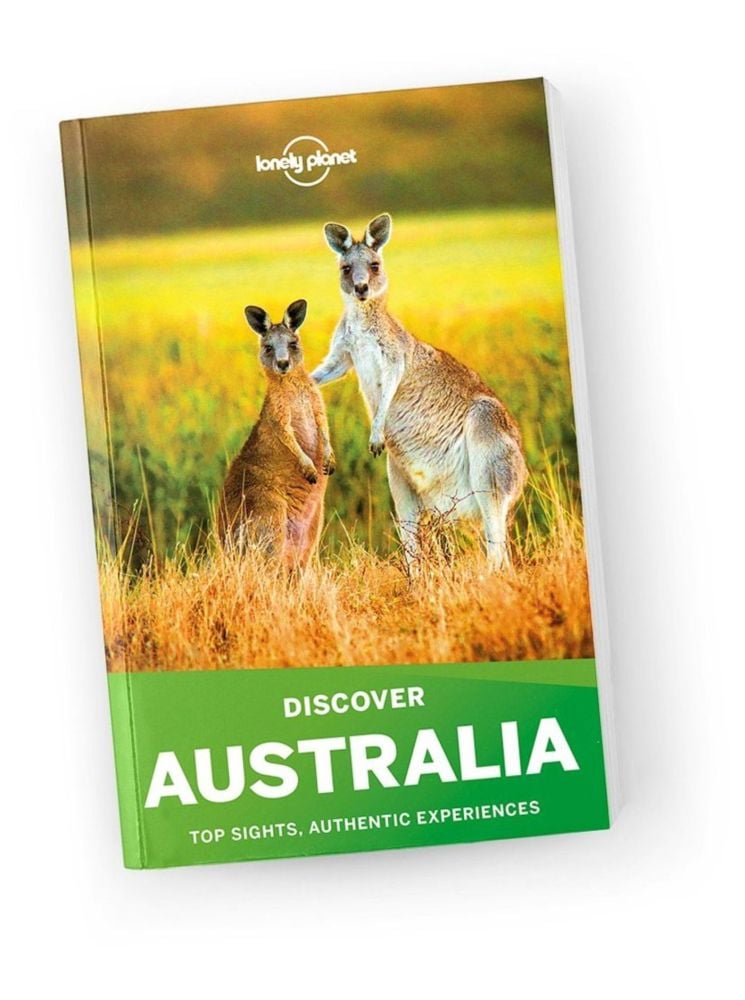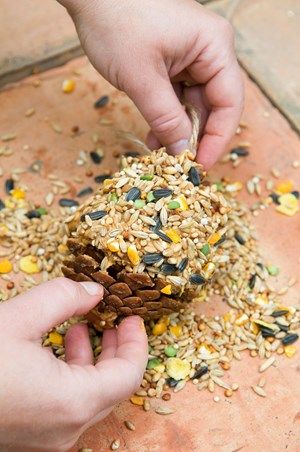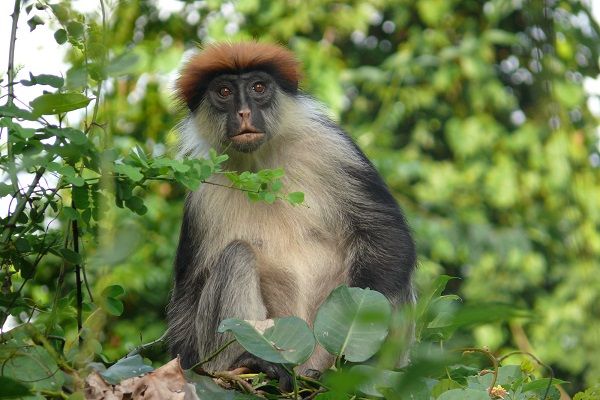Poole Harbour Site of Special Scientific Interest is extended by 40%
Posted on
|
In the south of England, the Poole Harbour Site of Special Scientific Interest (SSSI) has been extended by 40%. Poole harbour is a designated RAMSAR site. The study of birds and the monitoring of their numbers and behaviour is vital to the ongoing conservation efforts that take place. The site is now the first such one to specifically include sub-tidal areas. And these areas matter – they are the feeding areas of tern populations who have an international importance.
Foraging terns, spoonbills, avocets, black-tailed godwits, rare sponges and sub-tidal seagrass beds are all in the area. Seagrass beds give refuge to juvenile fish and shellfish – and these are a rich food source for roosting seabirds. Dorset Wildlife Trust marine conservation officer Emma Rance said: "The channels beneath the busy waterways of Poole Harbour are home to a myriad of species. "Supporting habitats such as seagrass beds provide refuge for juvenile fish and shellfish which become a rich food source for overwintering and roosting seabirds. Source: Daily Echo Birds of Poole Harbour’ is a charity dedicated to educating people on the stunning variety of birdlife in the area, be they school children to reisdents or visiting tourists. It works to rasie the profile of bird conservation, preservation and observation in and around the poole Harbour area. |


